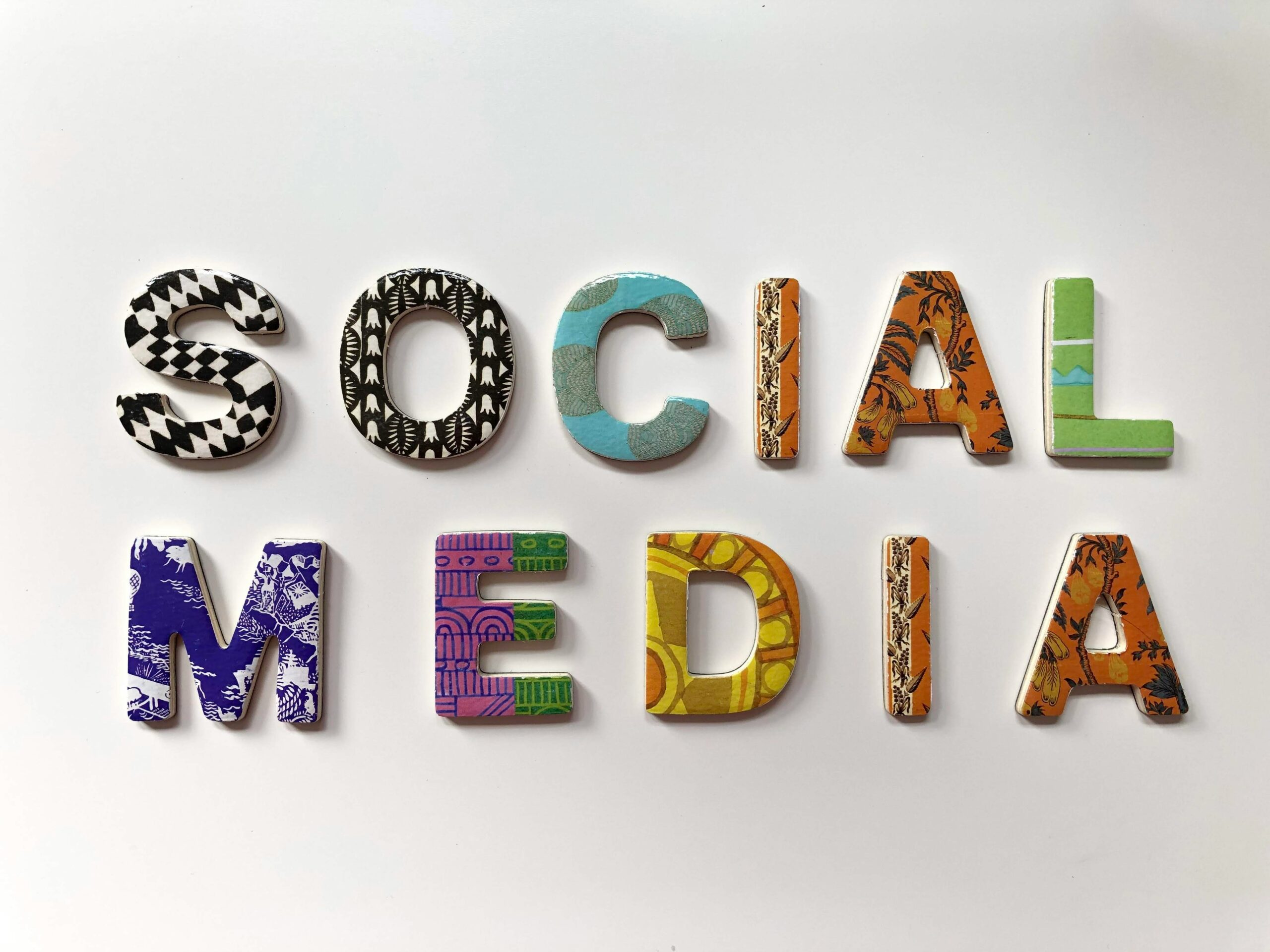
The transition from traditional consumer packaged goods (CPG) marketing to digital marketing represents a monumental shift in how brands engage with consumers. As the landscape evolves, marketers must adapt to changing technologies, new platforms, and evolving consumer behaviors. The digital age has introduced a different way of thinking, forcing CPG companies to rethink their strategies to maintain relevance in an increasingly digital world.
Understanding the Shift from CPG to Digital Marketing
The shift from CPG to digital marketing reflects a more significant transformation in how businesses communicate with their target audiences. Traditional CPG marketing relied heavily on mass media channels such as television, radio, and print ads, where brand messages were broadcast to broad audiences with limited opportunities for engagement. In contrast, digital marketing offers highly targeted and personalized ways to reach potential customers, leveraging platforms like social media, search engines, and email marketing.
With digital marketing, brands can engage directly with consumers in real-time, creating more meaningful interactions. This transition also enables better data collection, allowing companies to understand customer preferences and behaviors more clearly. As a result, the focus has shifted from simply reaching a broad audience to connecting with the right people in a more personalized and dynamic way. The adaptability and agility of digital marketing have proven invaluable in today’s fast-paced world.
Embracing Data and Analytics in Digital Marketing
One of the most significant advantages of digital marketing over traditional CPG methods is the ability to collect and analyze vast amounts of data. This data provides insights into consumer behavior, purchase patterns, and engagement, which can then be used to refine marketing strategies. CPG companies transitioning to digital marketing can leverage tools like Google Analytics, customer relationship management (CRM) systems, and social media analytics to understand their audience better.
These insights allow brands to tailor their messaging and campaigns to meet the specific needs of their target market. For example, if a particular demographic responds well to a product, the brand can create specialized campaigns to engage that audience further. The ability to continuously track and optimize campaigns in real time ensures that marketing efforts align with customer needs. This is a significant departure from the static approach typical of traditional CPG advertising.
Building an Online Presence and Social Media Strategy
The digital landscape offers CPG brands many opportunities to build a robust online presence. Social media, in particular, has become an essential platform for engaging with consumers. Brands that successfully navigate this shift understand the importance of developing a comprehensive social media strategy that resonates with their target audience. This requires posting regularly and engaging with customers through comments, direct messages, and user-generated content.
Effective social media marketing allows brands to humanize themselves and create a deeper connection with their audience. By actively participating in conversations, responding to feedback, and showing personality, CPG companies can build brand loyalty in ways that traditional advertising methods couldn’t achieve. In addition, social platforms offer advanced targeting capabilities, allowing brands to reach the most relevant users based on demographics, interests, and online behavior.
Adapting Content Marketing to the Digital Era
In the world of digital marketing, content is king. As CPG companies shift from traditional marketing to digital strategies, the focus is increasingly on creating high-quality, relevant content that speaks to consumers’ interests and needs. Content marketing has become a cornerstone of many digital marketing strategies, providing value to consumers while building brand authority. Blog posts, videos, podcasts, and infographics are just a few examples of the types of content that can engage audiences across different platforms.
For CPG brands, the key to success lies in understanding the content that will resonate with their audience. This requires thorough market research to identify what consumers care about and how they consume content. Once the brand understands the needs of its audience, it can create targeted content that adds value and fosters a deeper connection with its customers. Digital tools like SEO and keyword analysis also play an integral role in ensuring that content reaches the right people at the right time.
The Future of CPG and Digital Marketing Integration
The integration of CPG and digital marketing will continue to evolve. With new technologies such as artificial intelligence (AI), augmented reality (AR), and voice search reshaping how consumers interact with brands, there is still much room for growth and innovation. Brands that embrace these technologies can deliver even more personalized and immersive experiences to their customers.
The future of CPG marketing will likely see more collaboration between traditional marketing strategies and digital techniques. While digital marketing will remain the focus, traditional media such as television and print may still have a place in reaching specific demographics or enhancing brand awareness. The key will be finding the right balance between both worlds and leveraging the strengths of each to create a seamless, omnichannel experience that drives growth and engagement.
The journey from CPG to digital marketing is not without challenges, but the opportunities it presents are immense. Brands willing to embrace change and adapt to the digital world will be well-positioned for long-term success. By leveraging data, building strong online presences, and creating valuable content, CPG companies can connect with consumers in ways that were never before possible. As the industry continues to evolve, integrating traditional marketing methods with digital strategies will define the future of marketing for years to come.